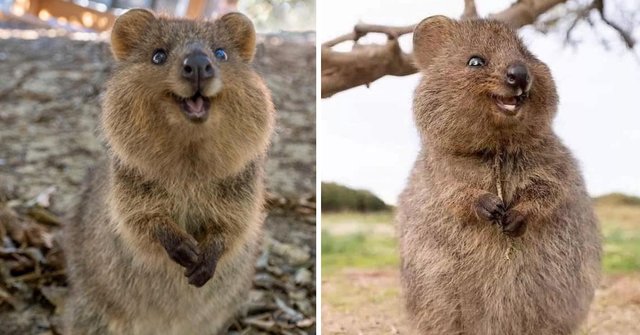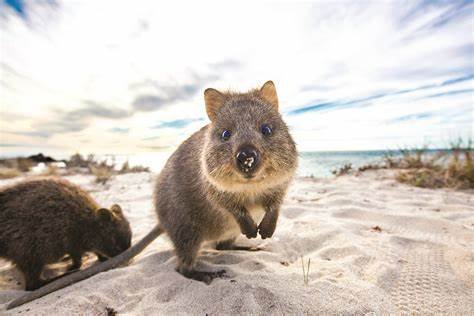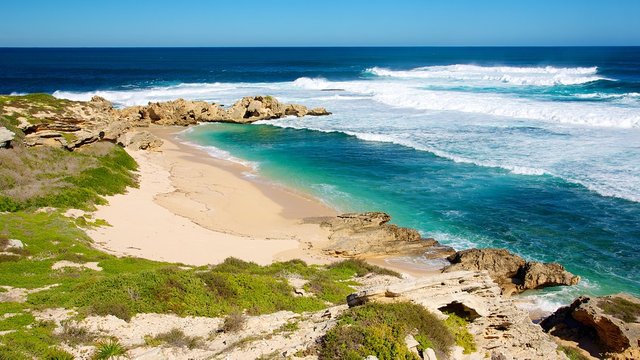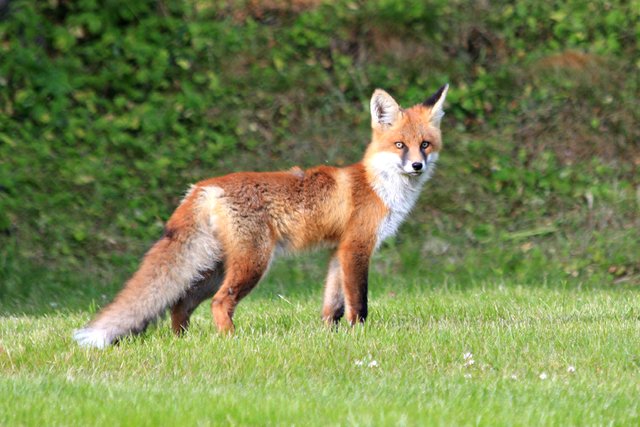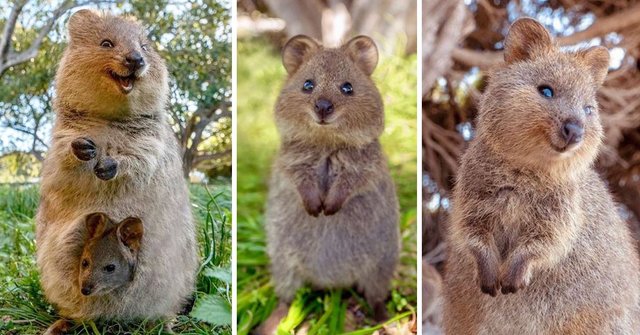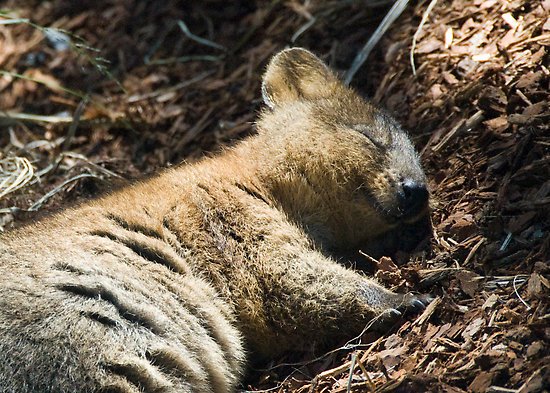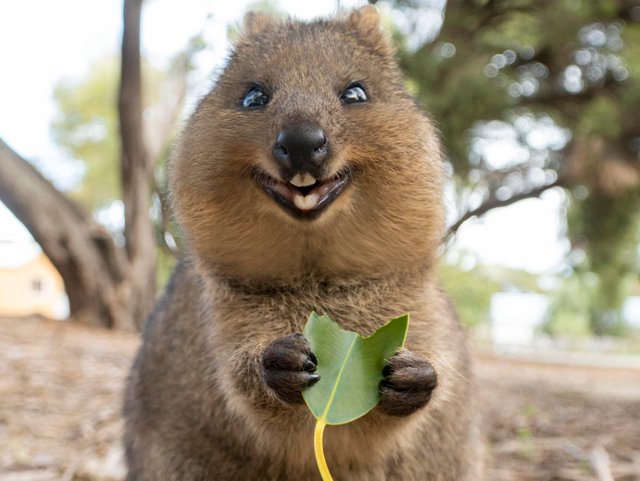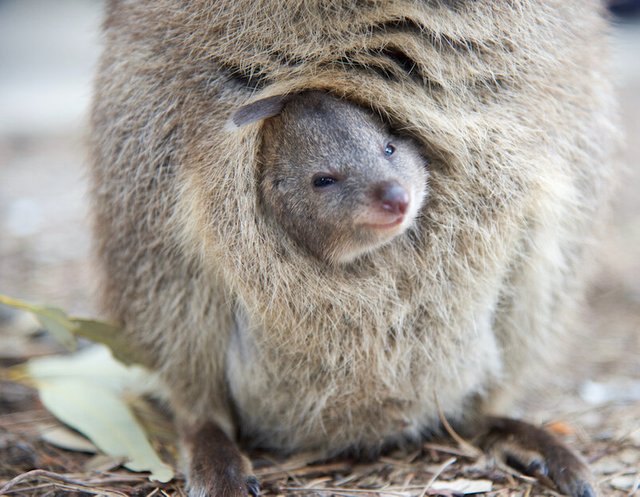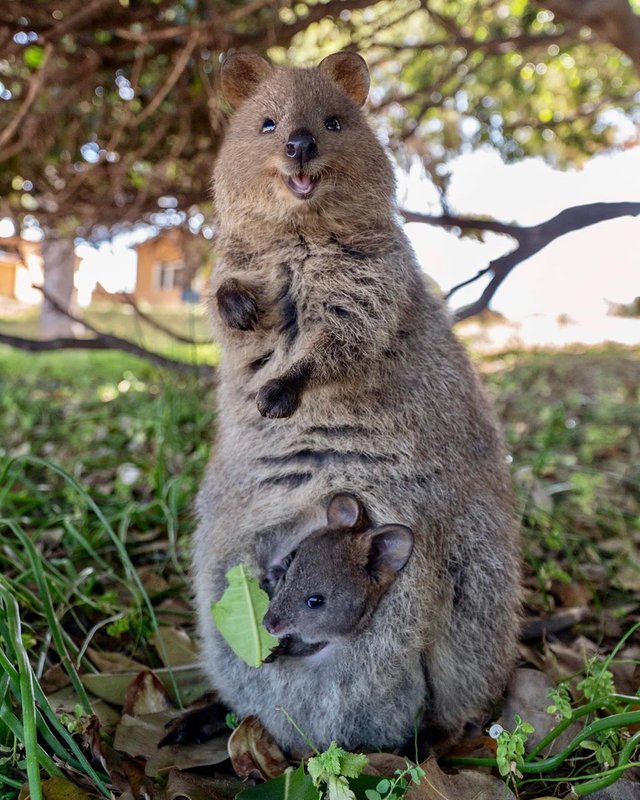Quokkas are cat-sized Australian marsupials with grey-brown fur, short round ears, a naked nose, a broad face mostly set in a smile or grin. Like kangaroos, they have short front limbs, relatively longer rear legs as well as a relatively longer tail.
Quokkas are found abundantly on Rottnest island. They were first described by Dutch sea captain Willem de Vlamingh as "a kind of rat as big as a cat" . Since they(quokkas) were in abundance there, the squeamish seaman named the island, "Rattennest" as in a rat nest, and the name was later adapted to Rottnest.
Rottnest Island
The introduction of the red fox Vulpes vulpes in the 1930sshortened quokka quokka order in many areas. Rottnest island is a safe haven for them because the foxes did not get to there. However human activities like forest clearing for industrial, agricultural and other purposes and introduction of certain animals have adversely impacted quokka habitats along the years.
Vulpes vulpes
The best thing they're known for is the beautiful smiles and their "poses" for pictures. They're one of the most photogenic animals known. Aside the famous adorable smiles, there are a lot of interesting facts about quokkas. They like to hide and take naps under spikes. These animals are nocturnal, basically feeding at night. Despite it being terrestrial, the quokka can climb several feets up a tree a for a tasty snack. They mainly eat the seeds, grass, leaves and stems of plants. In conditions like famine and drought, the can survive on fats stored in their tails without food or water.
Quokkas only breed from January to August on Rottnest Island but breed all year round on mainland. Females give birth to a baby called joey after a month of gestation. They carry the joey in a pouch like kangaroos.
All good things have a dark side, even the angelic no-offensive quokka. When pursued by predators, the female may expel a joey from her pouch as a survival strategy(sacrificing the baby joey to escape)😂😂 . The joey squirms and hisses attracting the predators attention and distracting it while the mother escapes. This makes sense as the mother is a breeder while the joey is still not fertile. As bad as you would like to judge quokkas for this, they're not the only animals doing this funny and woeful act. Macropods in general use this escape-from-prey strategy.
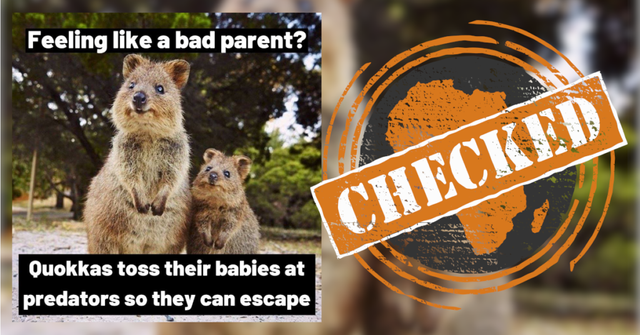
source
Meme shared on social media suggesting that quokkas throw their babies AT predators to escape is therefore flagged as false as they they do not throw them AT predators but just releases them from their pouch.
BE A QUOKKA. WEAR A SMILE ALWAYS😁
